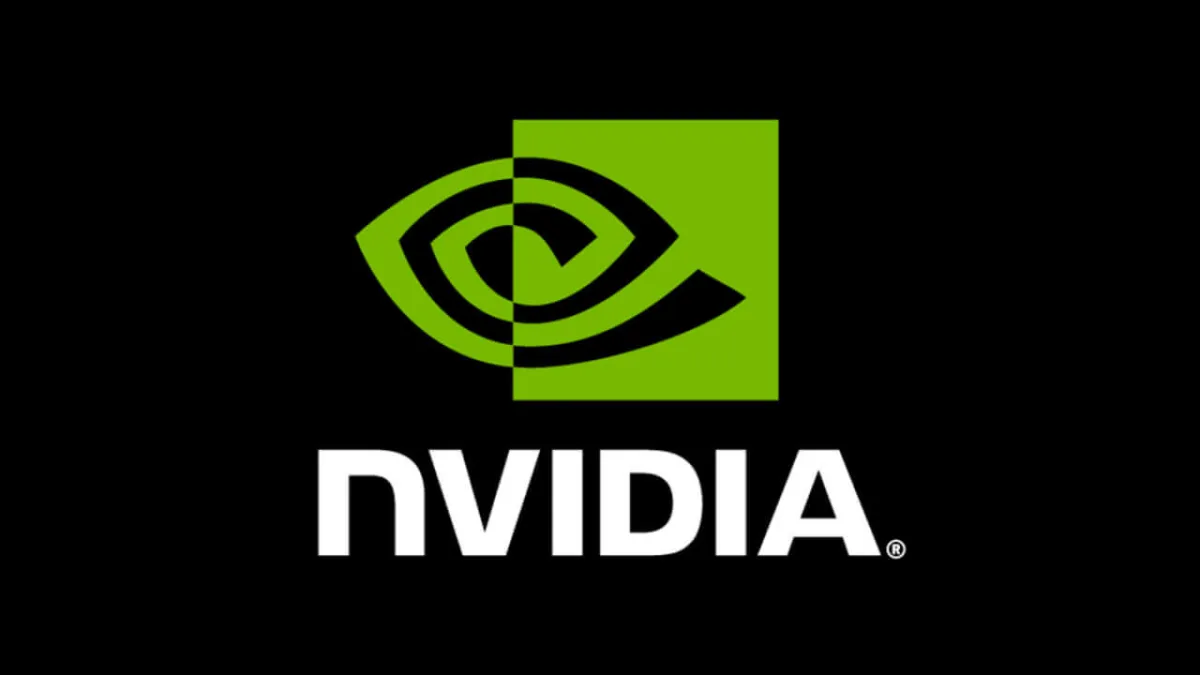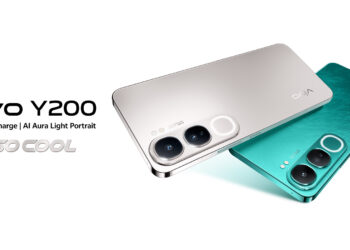Nvidia released two new AI-enabled graphics processing cards (GPUs) for professional usage, RTX 500 and RTX 1000. These GPUs, based on Nvidia’s Lovelace Ada architecture, are workstation-oriented and tailor to office needs, using the high-quality video conferencing and AI image scaling functions of the device. In the first place, they will improve processing efficiency which is important in such jobs as content production, video editing etc.

These GPUs offer upgrades like third generation ray-tracing cores, fourth generation Tensor Cores, and Ada-generation CUDA cores. Furthermore, the GPUs are expected to deliver enhanced performance and efficiency over the previous professional GPU versions. With 4GB of memory on the RTX 500 and 6GB on the RTX 1000, there is an option of different capacity sizes.
Specifications:
| GPU | RTX 500 | RTX 1000 |
| CUDA Cores | 2048 | 2560 |
| RT Cores (3rd Gen) | 16 | 20 |
| Tensor Cores (4th Gen) | 64 | 80 |
| VRAM (w/ Type) | 6GB DDR6 | 8GB DDR6 |
| Memory Bus Width | 64-bit | 96-bit |
| Bandwidth | 128GB/s | 192 GB/s |
| Total Graphics Power (TGP) | 35-140W | 35-60W |
With the aim to provide powerful graphics capabilities for sleek and light office laptops, the new GPUs are said to bring a new dimension to various professional tasks. Scheduled to cooperate with the best laptop manufacturers, including Dell, Lenovo, and HP, Nvidia intends to integrate these GPUs into these workstations. Springtime is when the company envisages a laptop release with RTX 500 and RTX 1000 GPUs.


















